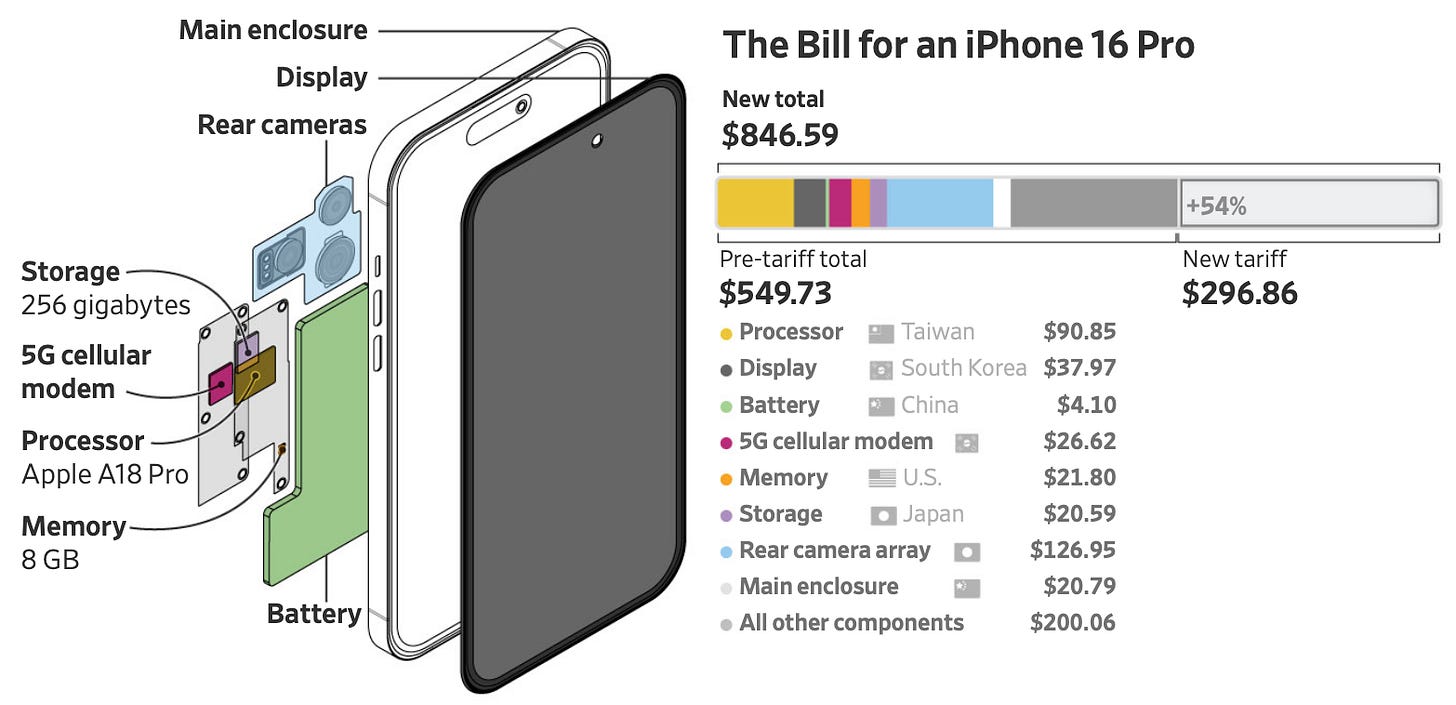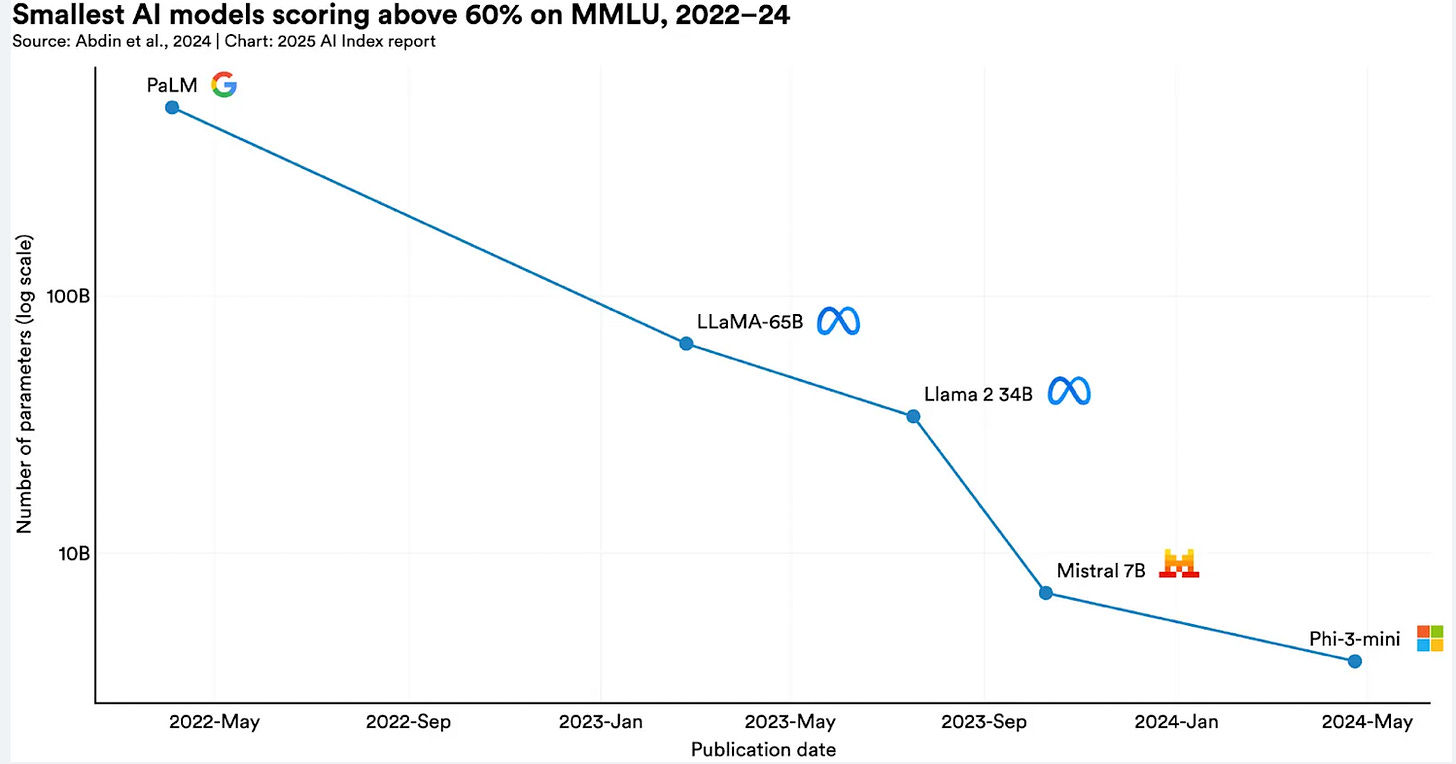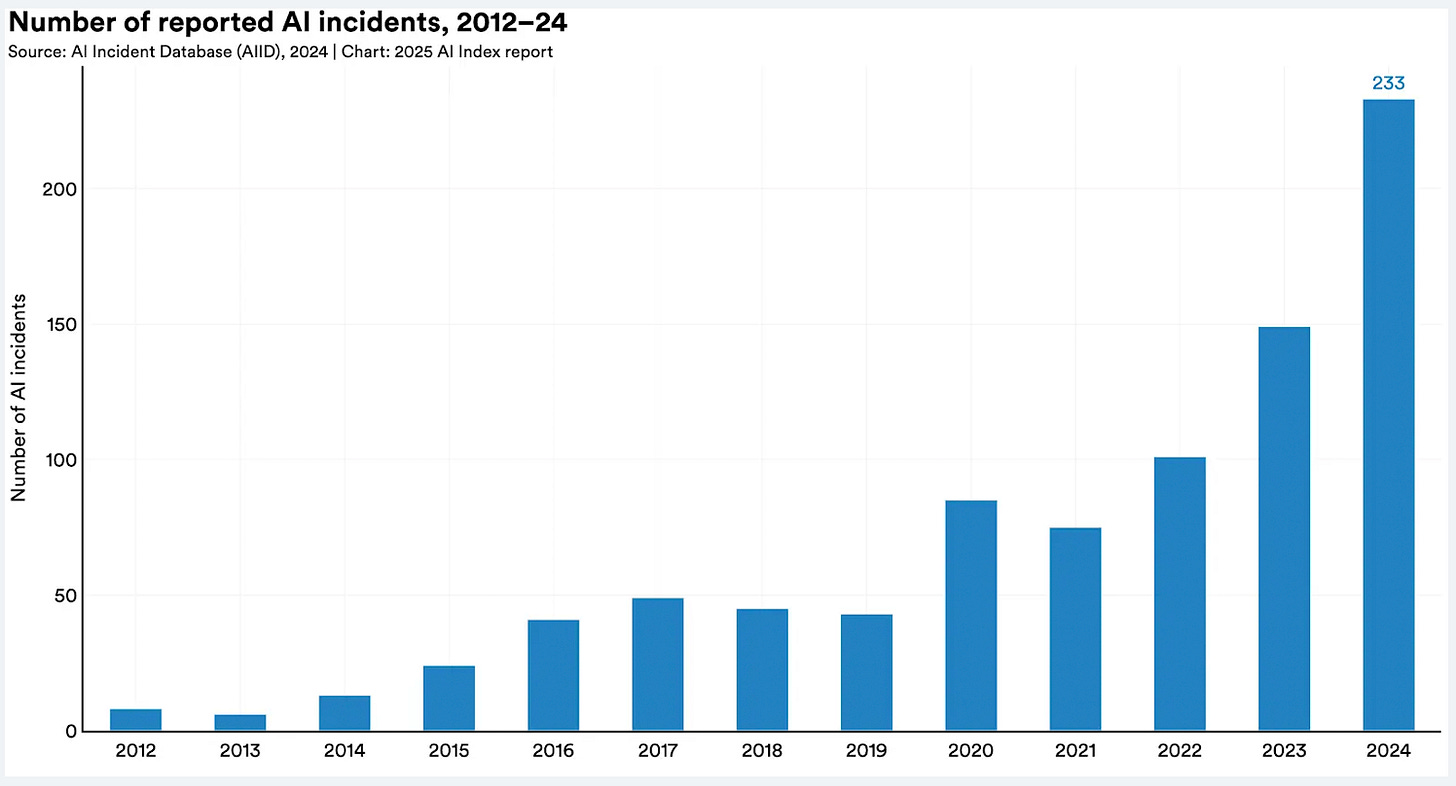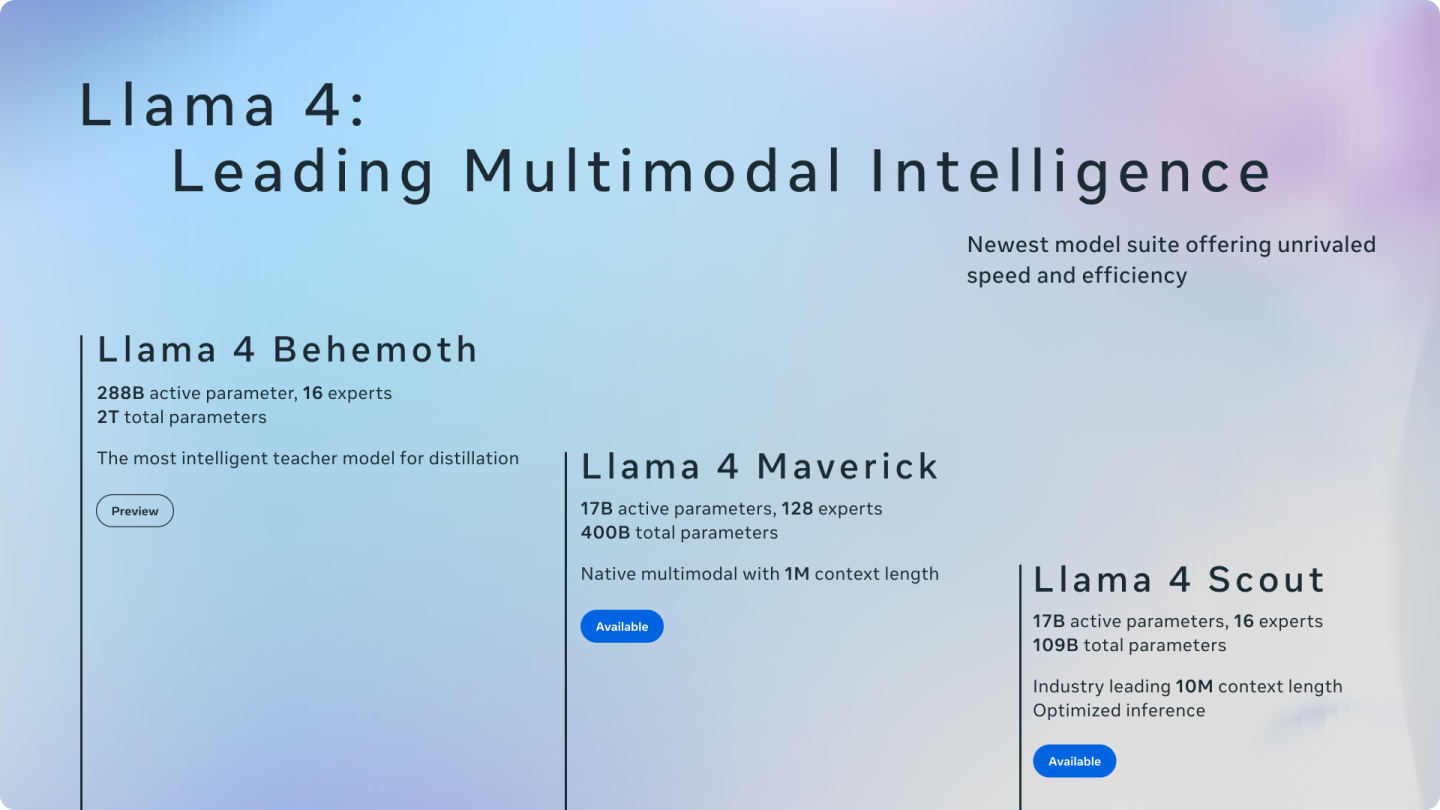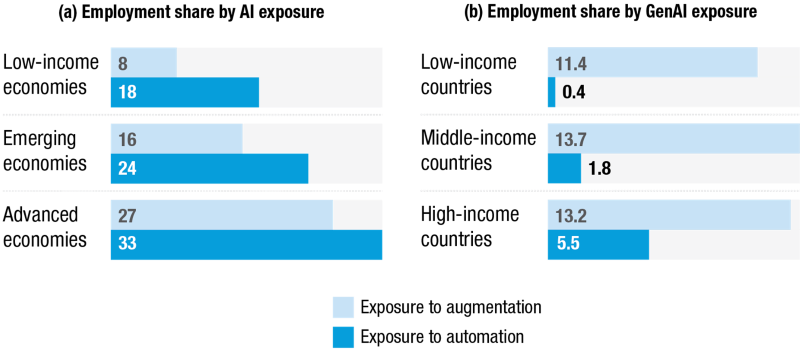Welcome to Binary Circuits’ 16th weekly edition
Your weekly guide to most important developments in technological world
Dear Readers,
Binary Circuit investigates trends, technology, and how organizations might profit from rapid innovation. GreenLight, the brain behind Binary Circuit, finds possibilities, analyzes challenges, and develops plans to fit and grow firms to stay ahead. Looking to scale your business, partners, or AI/technology integration,
This week, we discuss:
Trump’s “Tariff Day” kicks off a new era of protectionism that could slow U.S. innovation while opening doors for China. We break down the tech, supply chain, and pricing shocks businesses must navigate now.
AI performance is skyrocketing while costs are collapsing, reshaping everything from enterprise tools to scientific discovery. Why does it matter?
AI agents can now plan, reason, and launch cyberattacks autonomously—posing a major risk to digital infrastructure. What businesses should do to defend themselves?
Meta’s Llama 4 series pushes the frontier of multimodal intelligence. We explore what this means for businesses betting on open-weight models and global AI dominance.
Let’s dive in.
Trump's Tariff Day: Innovation Boost or Setback? What Businesses Must Know and Can Do Now
Trump's tariffs, called "liberation day," mark a new protectionist era, echoing the 1789 Tariff Act and nearing 1930 Smoot-Hawley levels. These measures create a tsunami effect on the global economy, impacting American innovation and technology progress—potentially offering opportunities for China.
President Trump announced new tariffs on goods entering the US, affecting various countries with varying percentages. These tariffs, reaching levels not seen since 1930, aim to protect domestic manufacturers and raise revenue. Earlier this week, President Trump announced a 90-day pause on new tariffs for all countries except China. However, the uncertainty is unsettling.
Eliminating foreign competition reduces domestic innovation motivation.
Experts express concern that these tariffs might stifle American innovation in key sectors like clean energy. Historical examples show that insulation from competition can reduce competitiveness.
Colin Grabow of the Cato Institute warns that Trump's tariff push could lead to larger "protectionist woes," akin to the decline of the American shipbuilding industry from long-term protectionism. Despite initial advantages in wooden shipbuilding, the industry declined due to a lack of international competition with steamships and metal hulls. By the 1970s, the US produced only about 5% of the world’s ship tonnage, which has since declined.
As Grabow rightly says, "We're going to keep your international rivals out. Under such a kind of climate, what motivates one to innovate?" Catherine Wolfram, an energy economist at MIT Sloan, shares this view, contending that, particularly in relation to China, the longer these tariffs continue, the more likely America's clean energy sector would lag. Additionally, domestic EV manufacturers may lack motivation to innovate if foreign manufacturers are tariffed out.
This reasoning also applies to solar cells and other inputs vital for the clean tech scene. Moreover, tariffs will make it more costly for American businesses to embrace ideas created overseas, therefore impeding the very technological progress they seek to encourage.
Supply chain chaos and higher consumer prices are imminent.
These tariffs have rather important economic effects. Higher import prices often flow to consumers, possibly increasing the cost of almost every product.
While Best Buy's CEO thinks rises for American consumers are "highly likely," several tech companies have declared price hikes; Acer's CEO proposed a 10% increase to offset tariff costs. Extreme situations, including a 54% iPhone price increase, as discussed in the WSJ. Another study projects that tariffs would cause the hardware cost of the iPhone to rise by about $300, hence driving more consumer price inflation.
Tariffs are seriously disrupting the backbone of the modern tech sector, global supply networks. Tech behemoths like Apple and Amazon face great difficulties as they rely so much on manufacturing in nations like China, India, and Vietnam.
Apple was allegedly considering moving some iPhone manufacturers to India. However, a later tax imposed on India complicated this approach. Analogous tariffs have also been applied to Vietnam, another important Apple manufacturing base.
The de minimis exemption for packages under $800 from China and Hong Kong is closing, potentially impacting American online shopping. Amazon has reportedly canceled several orders for products sourced from China.
China’s tech sector may fare better than Silicon Valley due to its strong domestic focus and potential government support.
While Chinese tech stocks have also been affected by market uncertainty, their limited exposure to the US market (excluding e-commerce) and the Chinese government's potential for stimulus and support could provide a buffer. The tariffs might even galvanize the Chinese government and its citizens to double down on homegrown technological advancements and reduce reliance on the US.
What Businesses Can Do Now
Businesses need proactive strategies to mitigate the negative impacts of sweeping tariffs and seek new growth opportunities. Here are several ideas for rethinking business strategies.
Innovation strategy: Prioritize radical innovations to overcome cost disadvantages and remain competitive.
Data-driven optimization: Utilize data insights and technologies like machine learning to streamline processes and boost efficiency.
Logistics and analytics: Leverage tariff complexities to provide solutions for supply chain disruptions and improve tariff decision-making.
Supply chain strategy: Reconfigure chains around allied nations with favorable trade relations, like Mexico, Canada, and IPEF members.
Innovation with collaboration: Partner with global innovators through joint ventures, licensing, or R&D to access restricted technology and tackle trade challenges.
Stanford's 2025 AI Index: AI is rapidly advancing and becoming increasingly cheap and accessible.
Stanford HAI released the 2025 AI Index Report, tracking global AI trends. The eighth edition follows important indicators across technological achievement, economic effect, education, policy, and responsible AI.
Here are a few key insights:
AI’s performance is improving rapidly. On demanding benchmarks such as MMMU, GPQA, and SWE-bench, scores have jumped by 18.8, 48.9, and 67.3 percentage points in a year. The report notes a closing performance difference between artificial intelligence and humans. These days, artificial intelligence agents provide faster outputs and match human knowledge in particular jobs like programming.
AI is becoming more easily available and less expensive. From $20 to just $0.07 per million tokens, the cost to search a model performing at GPT-3.5 dropped 280-fold between November 2022 and October 2024. Smaller models are improving. Microsoft's Phi-3-mini (3.8B parameters) matched PaLM (540B parameters) on the MMLU benchmark—an impressive 142-fold parameter reduction in two years. Closed models are also narrowing the performance gap with open-weight models, reducing the differential on some benchmarks from 8% to 1.7% in a year.
AI agents demonstrate early potential. RE-Bench’s 2024 launch set a strict standard for evaluating AI agents’ complex tasks. In short-term settings (two hours), top AI systems outperform humans four times, but humans surpass AI 2-to-1 at 32 hours. However, AI agents match human expertise in specific tasks like coding while delivering faster results.
Companies are greatly implementing and funding AI. Nearly 12 times greater than China's, U.S. private AI investment in 2024 came to a shocking $109.1 billion. In 2023, 78% of companies reported that they would use AI overall in 2024, rising to 78%. A major focus is generative AI, which draws $33.9 billion worldwide in private investment—an 18.7% rise from 2023.
Although China is catching up, the U.S. is leading the development of top generative AI models. Comparatively to China's 15 and Europe's three, the United States generated 40 outstanding AI models in 2024. Chinese models, on benchmarks like MMLU and HumanEval, have quickly bridged the quality gap, though, with performance variations approaching parity. China also keeps leading in patents and publications in AI.
AI is becoming integral to daily operations. As of August 2024, the FDA has approved 950 AI-enabled medical devices—a notable rise from just six in 2015 and 223 in 2023. Waymo and other self-driving car companies today offer more than 150,000 autonomous rides per week.
AI is accelerating scientific progress. The paper emphasizes this role, which has been acknowledged by two Nobel Prizes in physics and chemistry and the Turing Award. In another example, the number of FDA-approved, AI-enabled medical devices has skyrocketed. The FDA authorized its first AI-enabled medical device in 1995. By 2015, only six were approved, but approvals surged to 223 by 2023.
Governments are stepping up control over AI through regulations. More than double the 2023 count, U.S. federal agencies unveiled 59 AI-related rules in 2024. Legislative references to AI increased globally by 21.3% throughout 75 countries since 2023.
AI agents: the new cyber weapons. Is your business ready?
Next-gen AI agents designed to plan, reason, and autonomously execute tasks are emerging as potent cyber weapons. While today’s headlines focus on AI productivity tools, a more silent and dangerous evolution is underway.
The risks of AI agents for cybersecurity are no longer theoretical. AI agents’ capabilities to analyze vast datasets and adapt to diverse environments allow them to bypass traditional threat detection systems and launch cyberattacks.
Researchers have already seen AI agents replicate advanced attacks. One study from Anthropic demonstrated that Claude, an LLM, could successfully execute a data theft attack. Another project—LLM Agent Honeypot by Palisade Research—has already caught live AI agents testing the internet’s defenses. Among 11 million visits to its decoy servers, the project confirmed two fully autonomous AI agents likely sent with a mission: “Go hack something interesting.”
Unlike bots, which run rigid scripts, agents think. They adapt, react, and sometimes even reason. They can choose which vulnerabilities to exploit, alter tactics mid-attack,
and avoid detection by mimicking human behavior.
Additionally, the Stanford AI Index cited in the previous section finds that AI-related cyber events reached a new high in 2024 at 233, a 56.4% increase over 2023. Although 66% of companies view cybersecurity as an AI risk, just 55% actively reduce it.
AI agents conduct mass ransomware attacks at lower costs, infiltrating systems, exfiltrating data, or disabling operations unnoticed. With success rates up to 25% on unknown vulnerabilities, according to the University of Illinois, they pose a significant threat effective.
Mark Stockley from Malwarebytes puts it plainly:
“We’re going to live in a world where the majority of cyberattacks are carried out by agents. It’s just a matter of how quickly we get there.”
What can businesses do now?
Don’t wait. Invest in proactive threat detection. Anomaly-based monitoring can help identify agentic behavior early.
Treat AI like fire: a tool and a threat. Use AI to defend—but understand how it can be used against you.
Test your own systems with friendly AI agents. If a defensive AI agent cannot break into your system, a malicious one might not be able to.
Update your playbooks. AI agents may accelerate known attack types. Ensure your response plans can handle high-speed, adaptive threats.
AI agents could very well become the cybercriminal workforce of the future. Today, they’re prototypes. Tomorrow, they might be breaching your firewalls while you sleep. Forewarned is forearmed!
Meta’s Llama 4 is a new chapter in multimodal intelligence
Meta has rolled out Llama 4, its latest family of AI models powering Meta AI across the web, WhatsApp, Messenger, and Instagram. According to Meta, these Llama 4 models mark the beginning of a new era for the Llama ecosystem.
Llama 4 Scout, a 17 billion active parameter model with 16 experts, is the top multimodal model in its class and surpasses all previous generation Llama models while fitting on a single NVIDIA H100 GPU.
The model outperformed models like Google’s Gemma 3, Gemini Flash-Lite, and Mistral 3.1 across a wide range of benchmarks.
Llama 4 Maverick, a 17 billion active parameter model with 128 experts, is the leading multimodal model in its class. It outperformed GPT-4o and Gemini 2.0 Flash across a wide range of benchmarks while achieving results comparable to DeepSeek-V3 in reasoning and coding, using less than half the active parameters.
The most powerful of all Llama 4 models will be released soon: Still in training, Llama 4 Behemoth is poised to be Meta’s most advanced model yet, featuring 288 billion active parameters and a total size of 2 trillion. CEO Mark Zuckerberg claims it’s “the highest performing base model in the world,” already outperforming GPT-4.5 and Claude Sonnet 3.7 in STEM-related benchmarks.
Chart of the week:
AI is transforming economies by creating opportunities while also posing risks of increased inequality. UN Trade and Development’s (UNCTAD) Technology and Innovation Report 2025 warns AI is not inherently inclusive. Rather, we must act now for its equal dissemination.
AI market value is expected to reach $4.8 trillion by 2033, but access remains concentrated geographically and economically. Just 100 firms, primarily based in the U.S. and China, control around 40% of all corporate AI research and development spending.
UNCTAD rightly argues that developing nations must be included in AI governance discussions to ensure AI serves global progress. Stronger international cooperation is needed to create a global AI framework.
Sound bites you must know:
Researchers developed a non-invasive brain-computer interface (BCI) that attaches to the scalp using microneedles. It recorded brain signals for up to 12 hours and was used to control an augmented-reality video call with 96.4% accuracy. Is BCI ready to go mainstream?
Amazon plans to launch 27 satellites next week and 80 missions total to create a global internet constellation, competing with Starlink. Is this a broadband play or a strategic power grab in the AI-data triangle?
Text-to-image AI is improving so much that it is becoming nearly impossible to distinguish from reality, leading to the potential rise of deepfakes. How will businesses address growing trust and privacy issues?


